English Essentials – Perfecting Poetry – How Soundscape is used to Convey Meaning in Poetry (Stage 4, Years/Grades 7-8)
English Essentials Series (Stage 4, Years/Grades 7-8) | English
 14:31
14:31
Guide for Students
Are you puzzled by poetry? Dreading an English lesson on drama? Freaking out about film analysis?
Don’t let those text types trip you up! Watch our English Essentials series from Stage 4 to 6.
We’ll teach you how to identify techniques and analyse texts, step-by-step. It all starts with three big questions:
• Why did the composer create the text?
• What is the text saying?
• How does the composer get this message across?
Our animated videos guide you through the ‘big picture’ elements of different text types, including structure and form. Then, we’ll zoom into the finer details, including figurative language and camera angles.
Of course, you’ll need to apply your new knowledge at school. That’s why we’ll analyse a range of examples. We’ll also show you how to get your message across. Just follow our perfect PEEL paragraph structure! You know you want to!
Important Information about the new NESA English Stage 6 Syllabuses
The new English Standard, English Advanced and English Extension Stage 6 syllabuses highlight the importance of form in your prescribed texts. You can’t get away with identifying the same techniques in all your prescribed texts. It’s time to branch out and learn techniques that are specific to different text types.
Our English Essentials series is sorted by your school year, and by text type.
• Stage 4 – Years 7 and 8
• Stage 5 – Year 9 and 10
• Stage 6 – Years 11 and 12
You’ll notice that the techniques and analysis become more advanced through the year levels.
How to get the most out of our videos:
1. Before you start studying a new text type at school.
Get a head start on your schoolwork! You can watch our lessons during the holidays or a few weeks before starting a new text in class.
If you’re studying poems, watch our Perfecting Poetry videos. What if you’re studying a play? Check out our Destroying Drama videos. Get familiar with the language forms and features of each text type. That way, you can go beyond the story and start identifying techniques.
Jot down all the main techniques covered in each video. Start a ‘dictionary’ of language devices. You can refer to this as you start to analyse a text at school.
2. While your class is studying a text.
Have you moved onto a new text in class? Are you struggling to follow your teacher’s analysis? Maybe you’ve forgotten about some techniques (or all of them).
Refresh your knowledge with our English Essentials series. Watch our lessons to brush up on confusing techniques. Maybe you want to learn new techniques to broaden your analysis. We’ll point out the language forms and features that you should look out for when analysing your school text. If you’re looking for a particular technique, check out the list of language forms and features in the blurb of each video.
You might have to write some analytical paragraphs or an essay for homework. Check out our excellent PEEL paragraph responses if you need help structuring your ideas.
By now, you might have a list of techniques and their intended effects. Try to find an example (a quote? A scene? An image?) of each technique in your text and note it down. You could even link the effect of each technique back to a key idea or theme. This will help you with essay writing later on.
3. When preparing for an assessment.
Feel free to watch our videos to revise for upcoming assessments.
If you’re preparing to analyse unseen texts, revisit the main language forms and features in each text type. Pay attention to our discussion of each technique in the sample PEEL paragraphs.
If you’re preparing to write an essay, brush up on all the analytical terms and techniques. You’ll need them to tackle your school assessments!
Guide for Educators
As educators, we have one big question: how do we encourage students to engage with their prescribed texts?
We believe that it starts with understanding the basics – language forms and features.
Our English Essentials series gives students a toolkit for textual analysis. We want students to go beyond memorising techniques and quotes. We encourage them to examine the ‘big picture’ elements of different text types, such as structure and form. Our animated videos also zoom into the finer details, including figurative language and camera angles.
We encourage you to integrate these videos into your yearly, monthly and weekly teaching planners. Our videos address the NESA Stage 4 to 6 Syllabus requirements for English. We also want students to meet national requirement, so we have closely referred to the Australian Curriculum content and outcomes. Sign up your school with Schooling Online today and set lessons for students to watch in class or at home.
Important Information about the new NESA English Stage 6 Syllabuses
The new English Standard, English Advanced and English Extension Stage 6 syllabuses highlight the importance of form in students’ prescribed texts. It is crucial for students to learn techniques that are specific to different text types. To make it easy for educators, our English Essentials series is sorted by stages, and by text type. The techniques and analysis become more advanced through the stages. We cover the following text types:
• Poetry
• Prose fiction
• Drama
• Film
• Non-fiction
• Visual texts
How to get the most of our videos:
1. Introducing students to each text type.
At Schooling Online, we know that starting a new text can be stressful for students. They need to grapple with a range of key ideas and themes. At the same time, they need to understand how a composer explores these concepts.
It’s even harder for teachers – you need to juggle both these priorities as you teach.
Our English Essentials videos give you full flexibility. You can play our videos in class to introduce the main forms and features of a text type. We offer examples of each technique and sample PEEL responses. You can assign videos for students to watch at home. Students will love revising with our lessons!
2. Supporting students as they study a particular text or text type.
As educators, we want students to develop as independent learners. This series aims to equip students with the tools they need to analyse a range of texts, beyond the constraints of a specific text.
We recommend that teachers show our English Essentials Stage 4 -English Basics lesson 2, Structuring Paragraphs in class. It will teach students how to structure their arguments in a detailed manner. If you prefer other structures, such as PETAL or TEAL, you can use this video as an introduction to structured paragraph writing.
Of course, our videos can help students compose texts across a range of text types. You can show our Perfecting Poetry videos when students are writing poems. Our Flying through Film series will support students if they are producing or analysing short films.
Turn your classroom into an interactive learning environment by watching each video in short segments. Pause the video at the beginning or end of each key section and open a discussion with your class. For example, students may collaboratively identify examples of a certain technique in their prescribed text.
3. Use our videos for internal and external assessment preparation.
Do your students stress out over assessments? Make revision more enjoyable with our interactive videos.
Students can watch the English Essentials series to review the key forms and features of their prescribed texts. They can also improve their ability to write analytical paragraphs. We recommend these videos for assessments involving unseen text analysis, especially for Section I of the HSC English paper 1.
Our videos also prepare students for creative tasks. These include assessments that involve composing a poem or writing a narrative.
To prepare students for the HSC, our English Essentials Series for Stage 6 includes more examples extracted from prescribed texts. In this case, our videos don’t just teach your students how to analyse different text types, they’ll also equip your students with sample analysis for their assessments.
English Essentials Stage 4
Ever wondered why some poems flow smoothly, while others sound harsh and dissonant? It’s time to examine the soundscape of poetry.
In this second lesson, we’ll delve into how poets create euphony and cacophony through a range of poetic techniques. Afterwards, you’ll have all the tools you need to understand and analyse poetry in Stage 4.
Language forms/features: alliteration, cacophony, euphony, liquid alliteration, onomatopoeia, rhyme, rhythm, sibilance




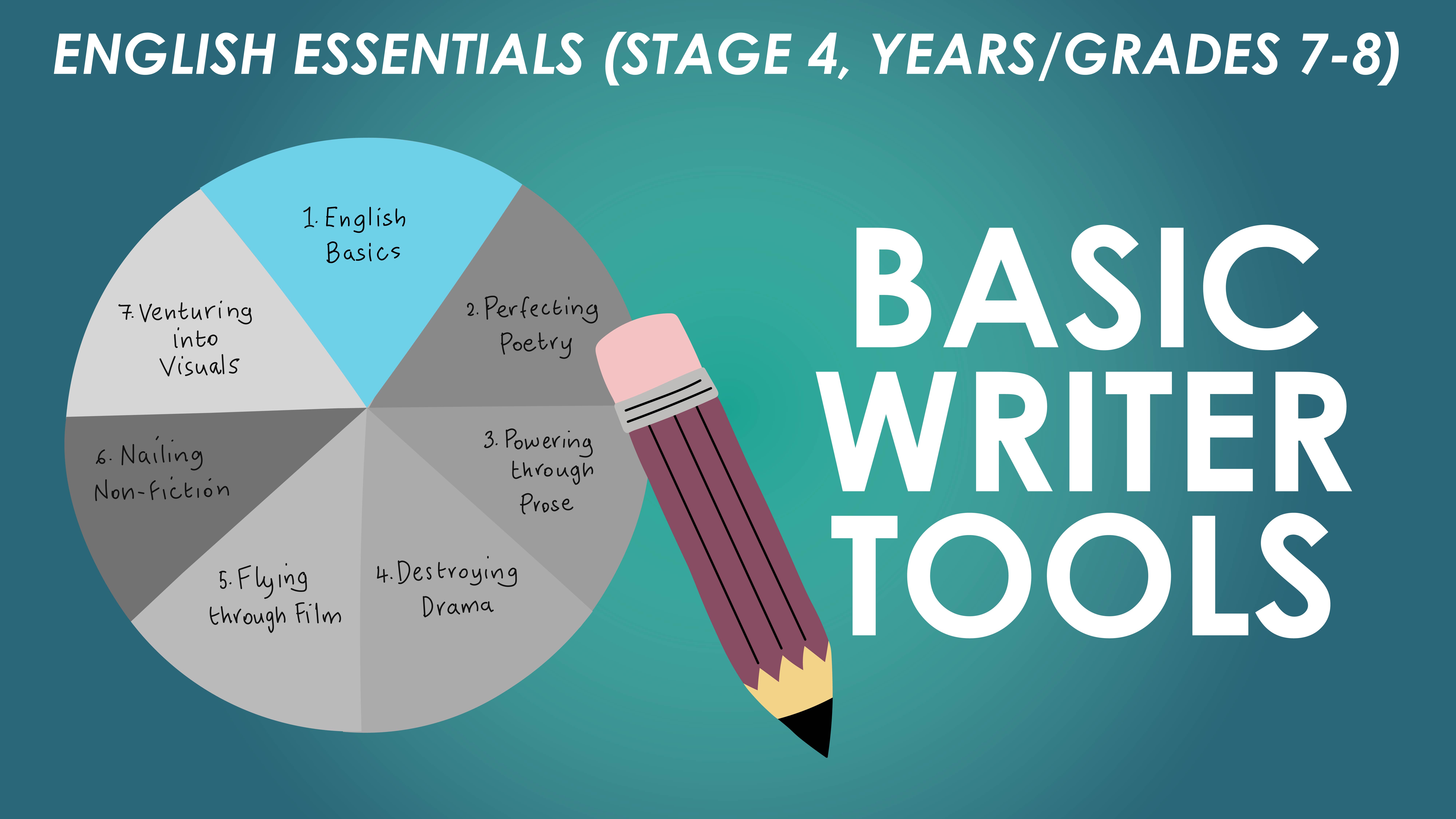
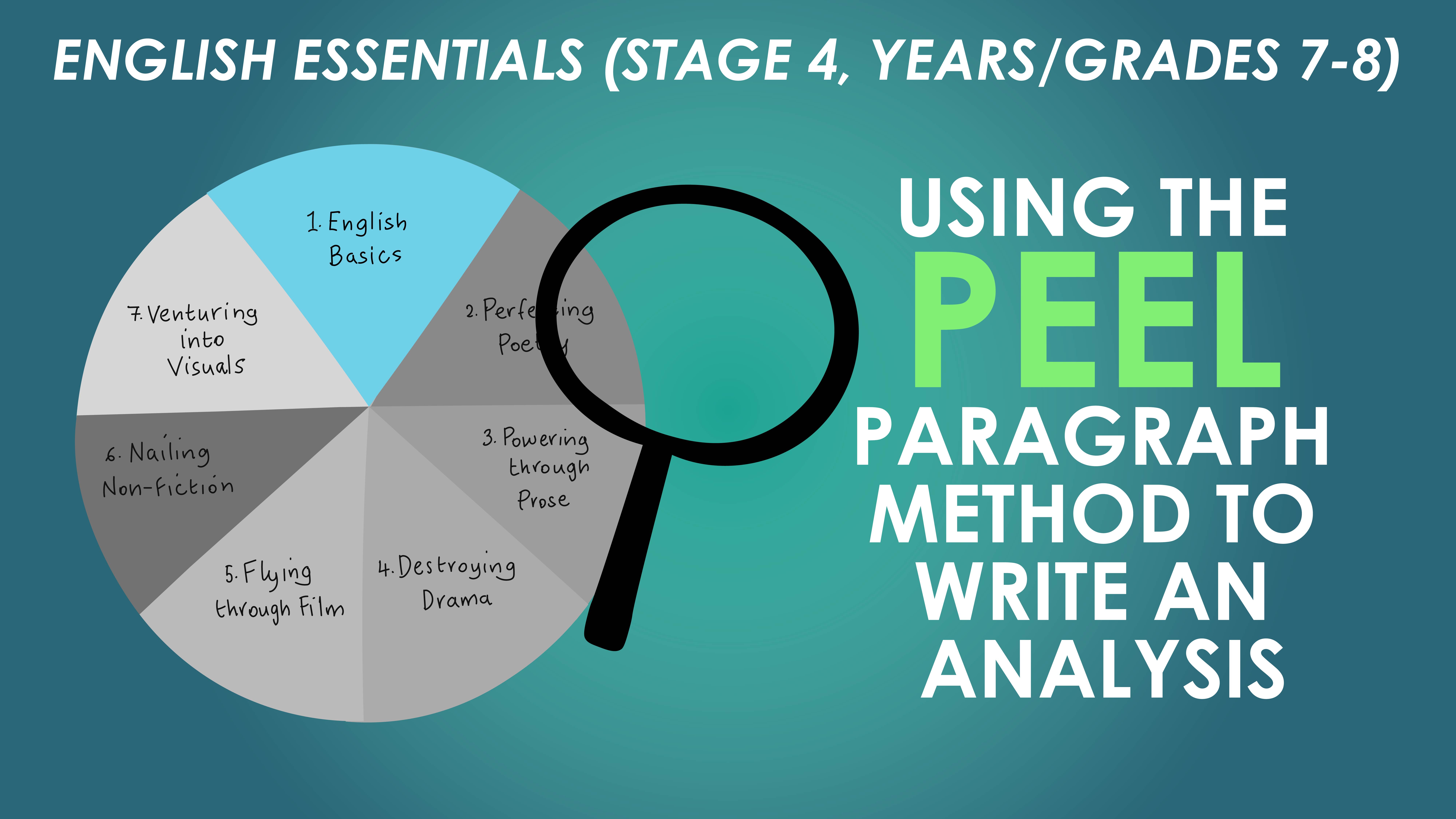
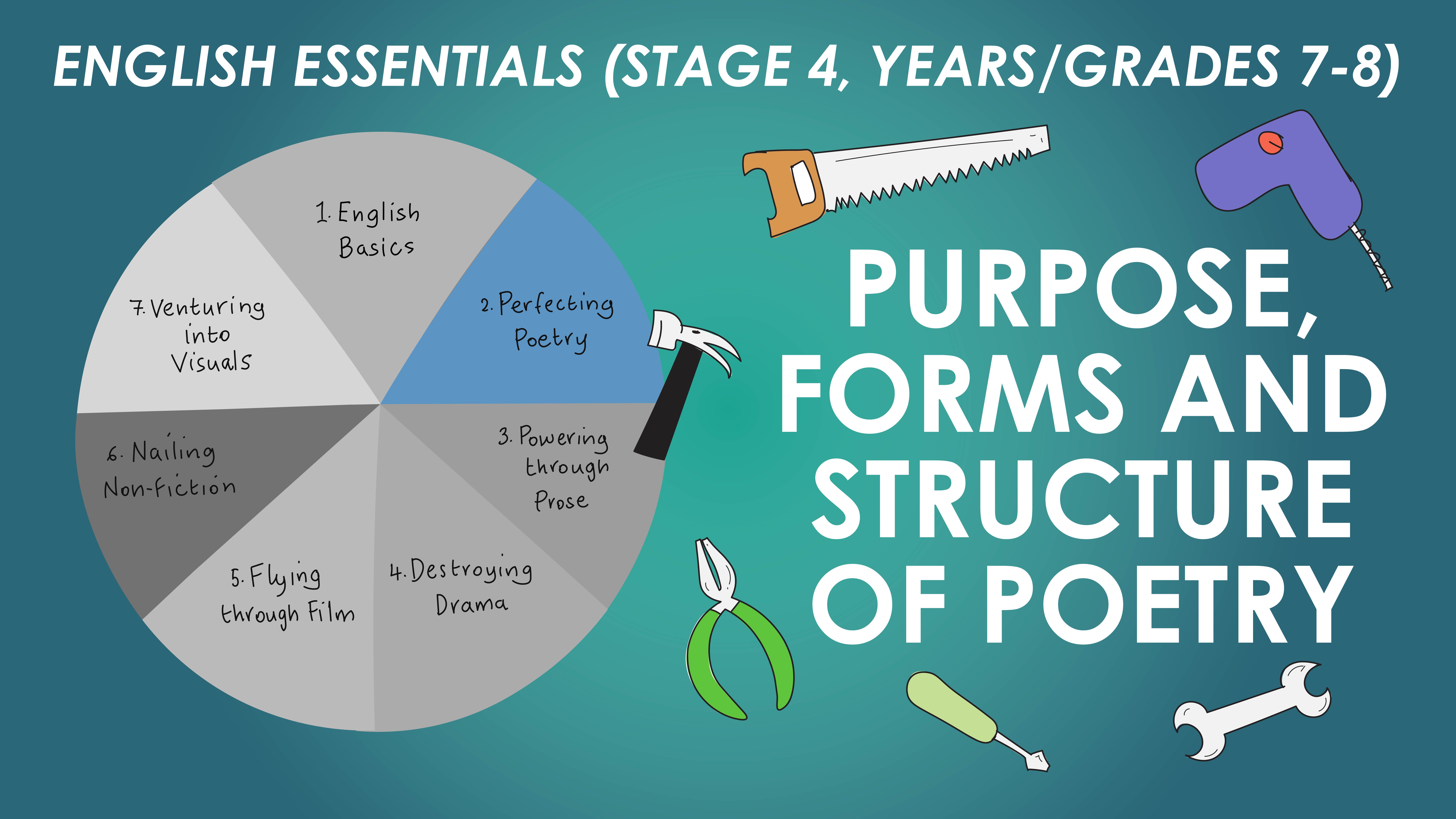
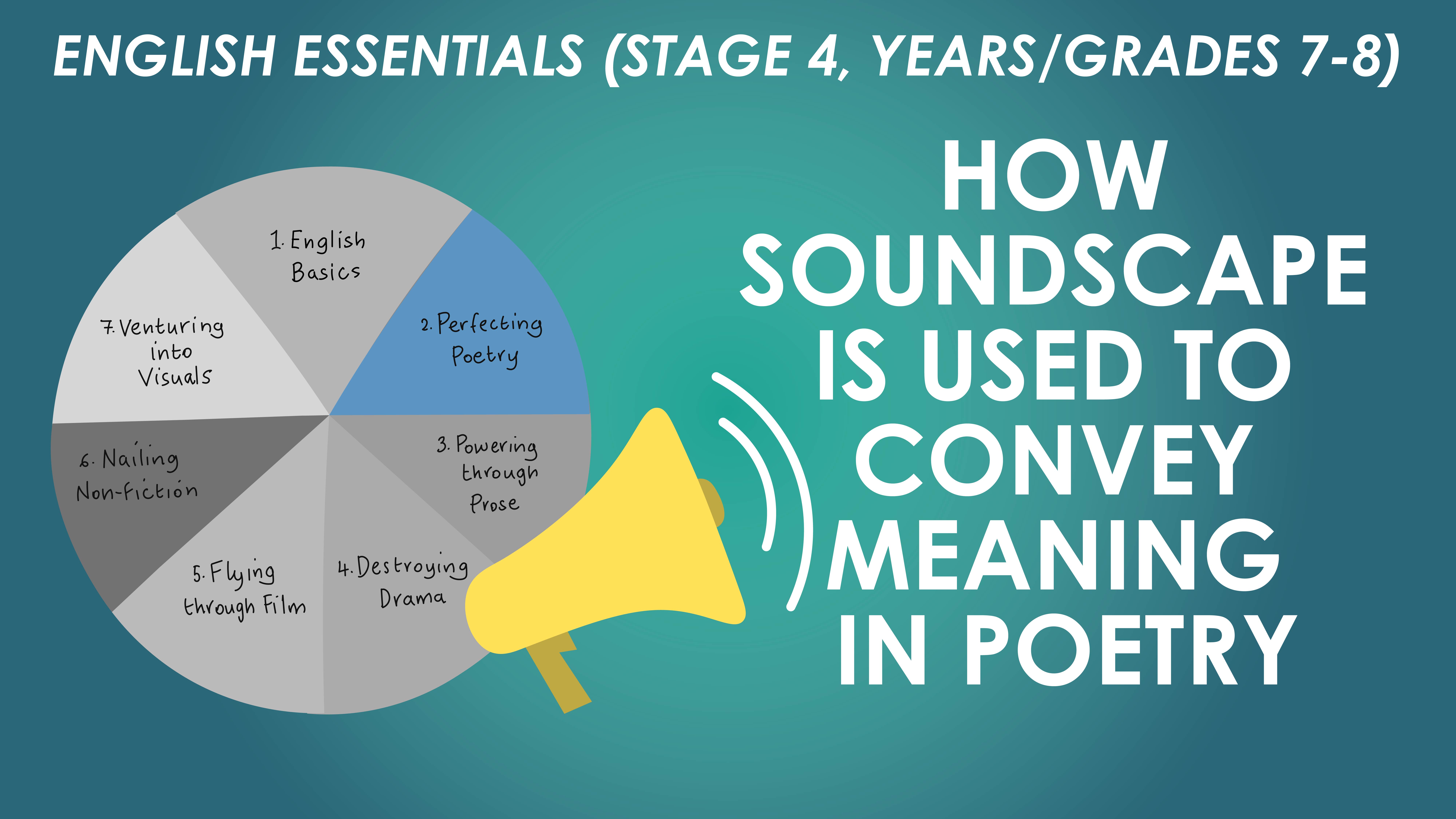
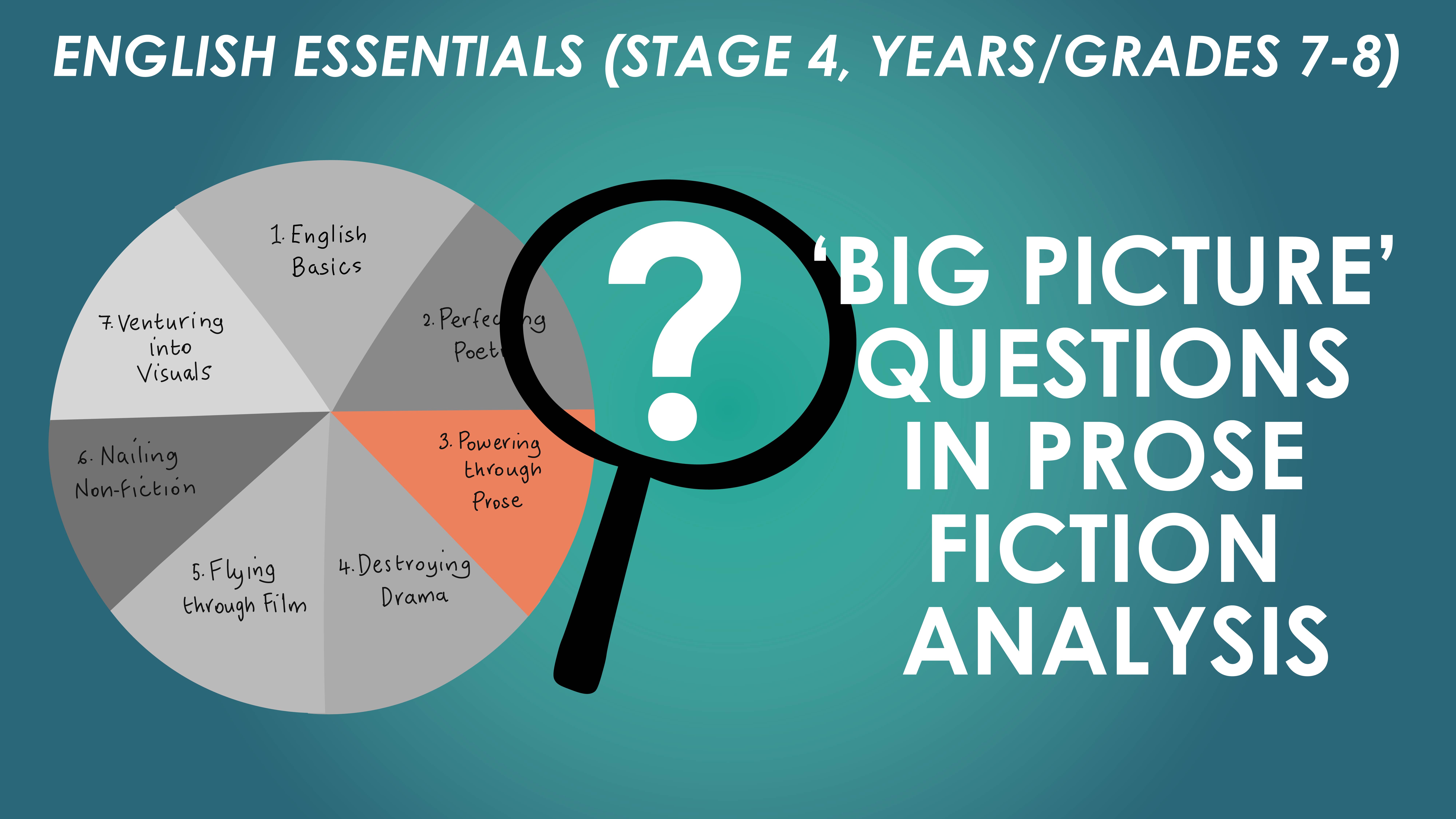
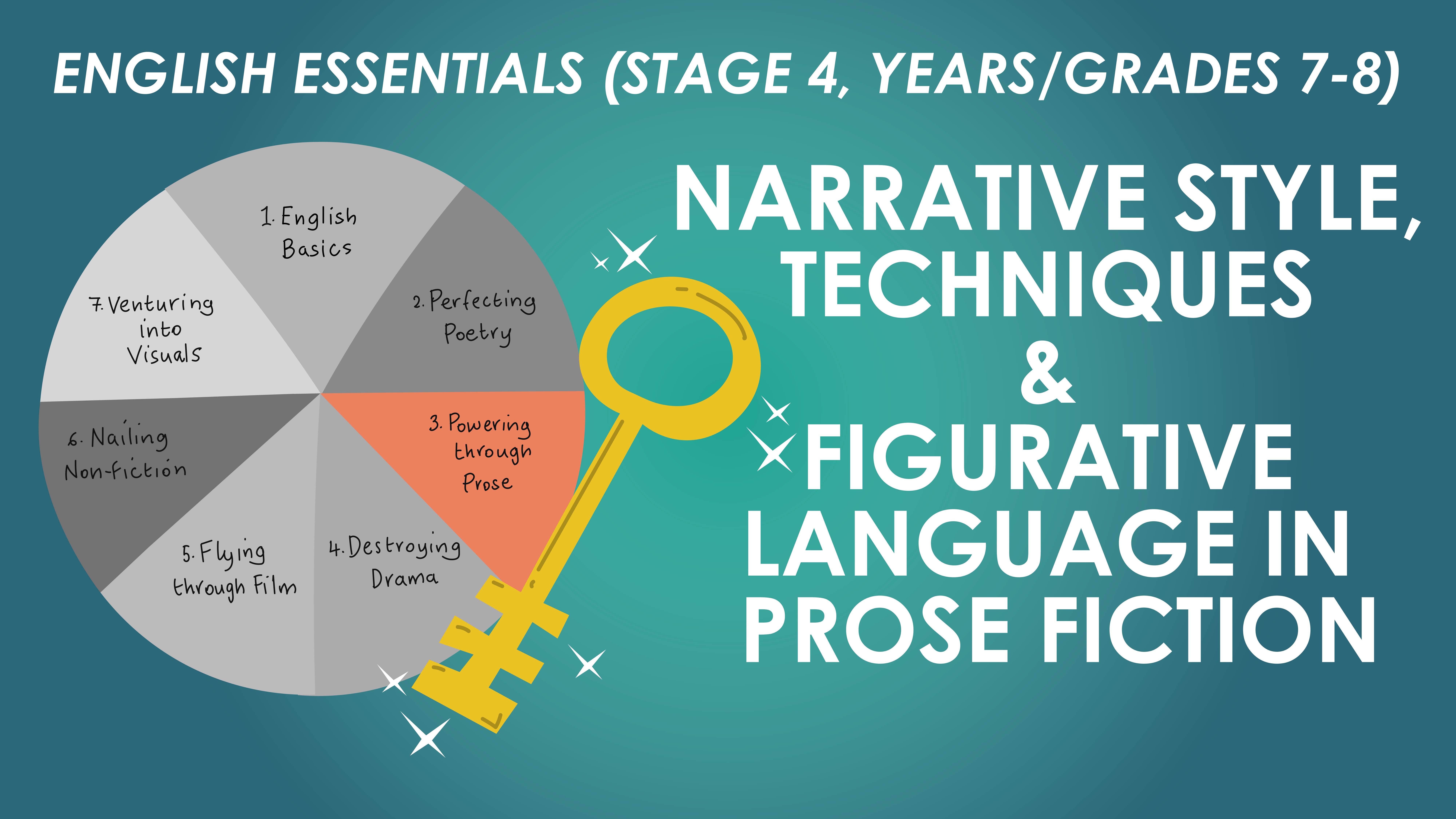
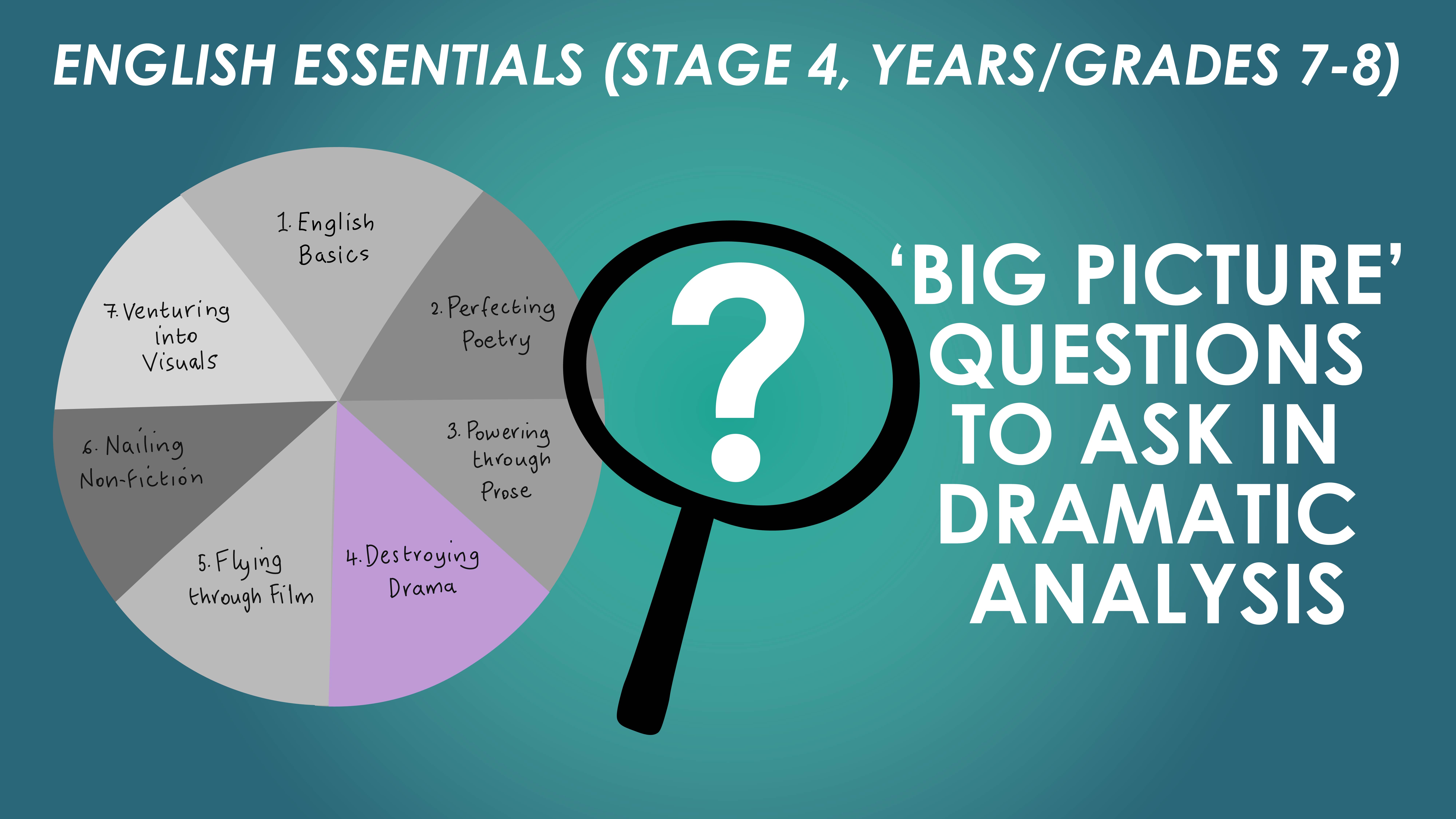
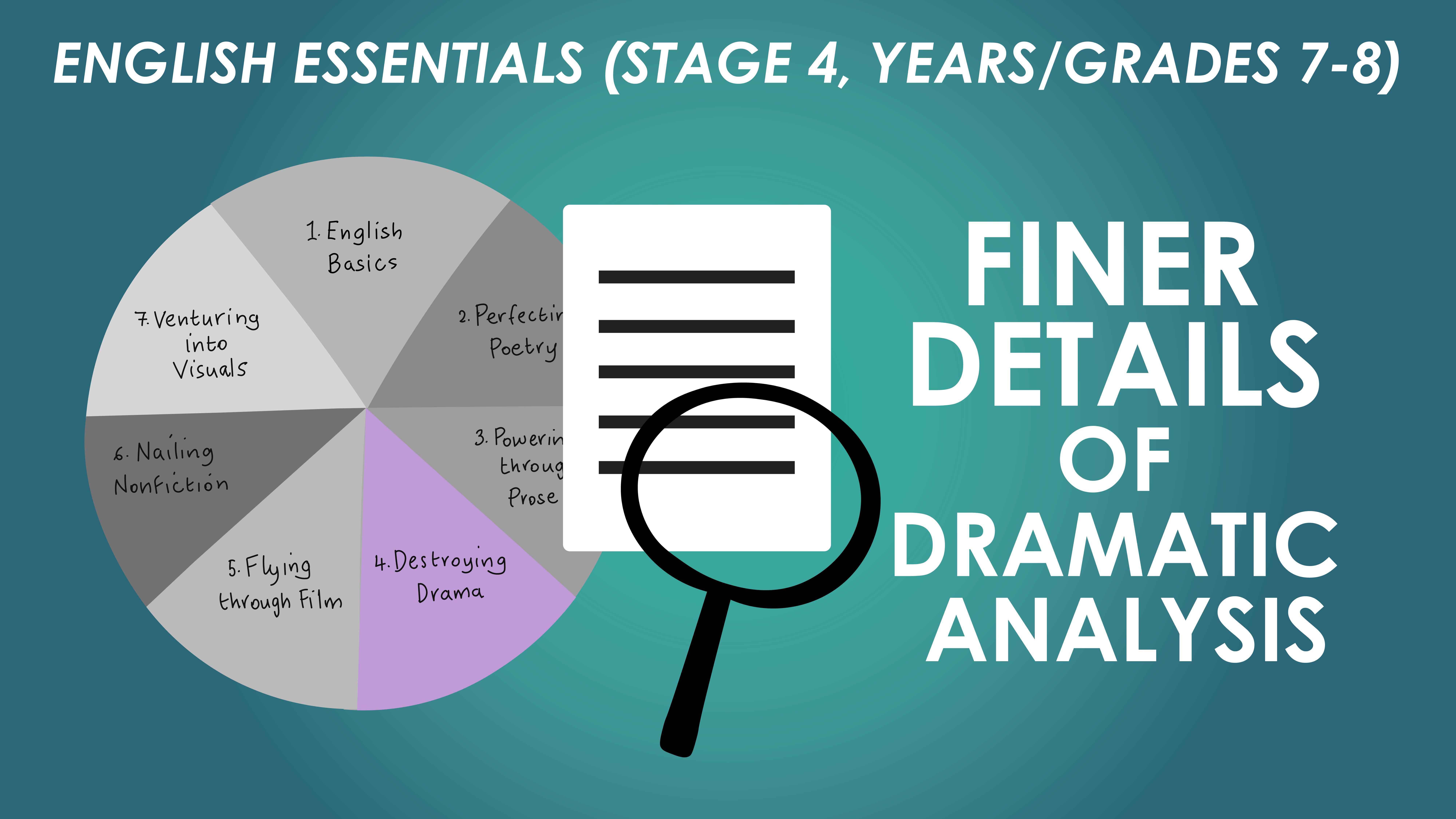
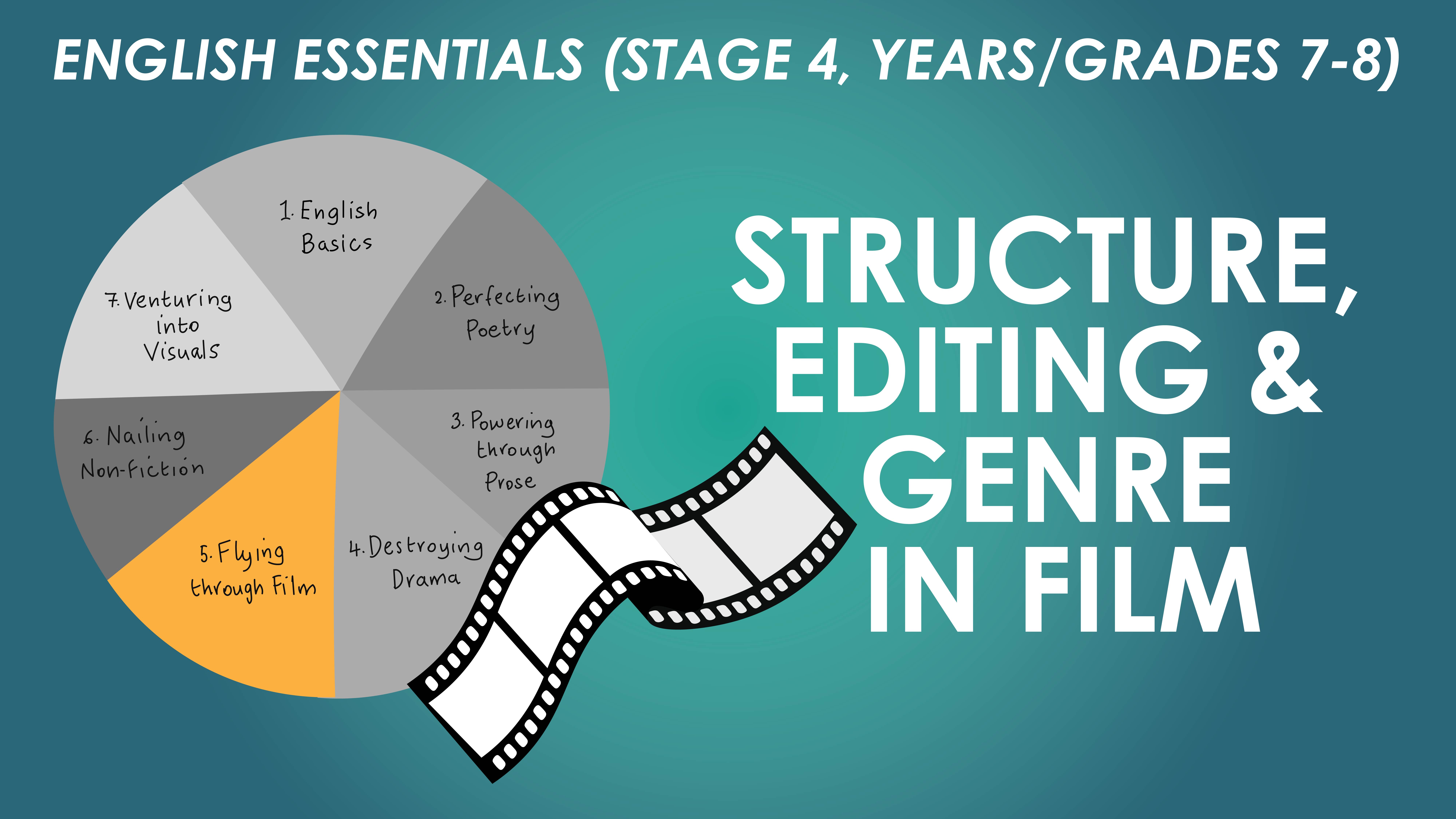
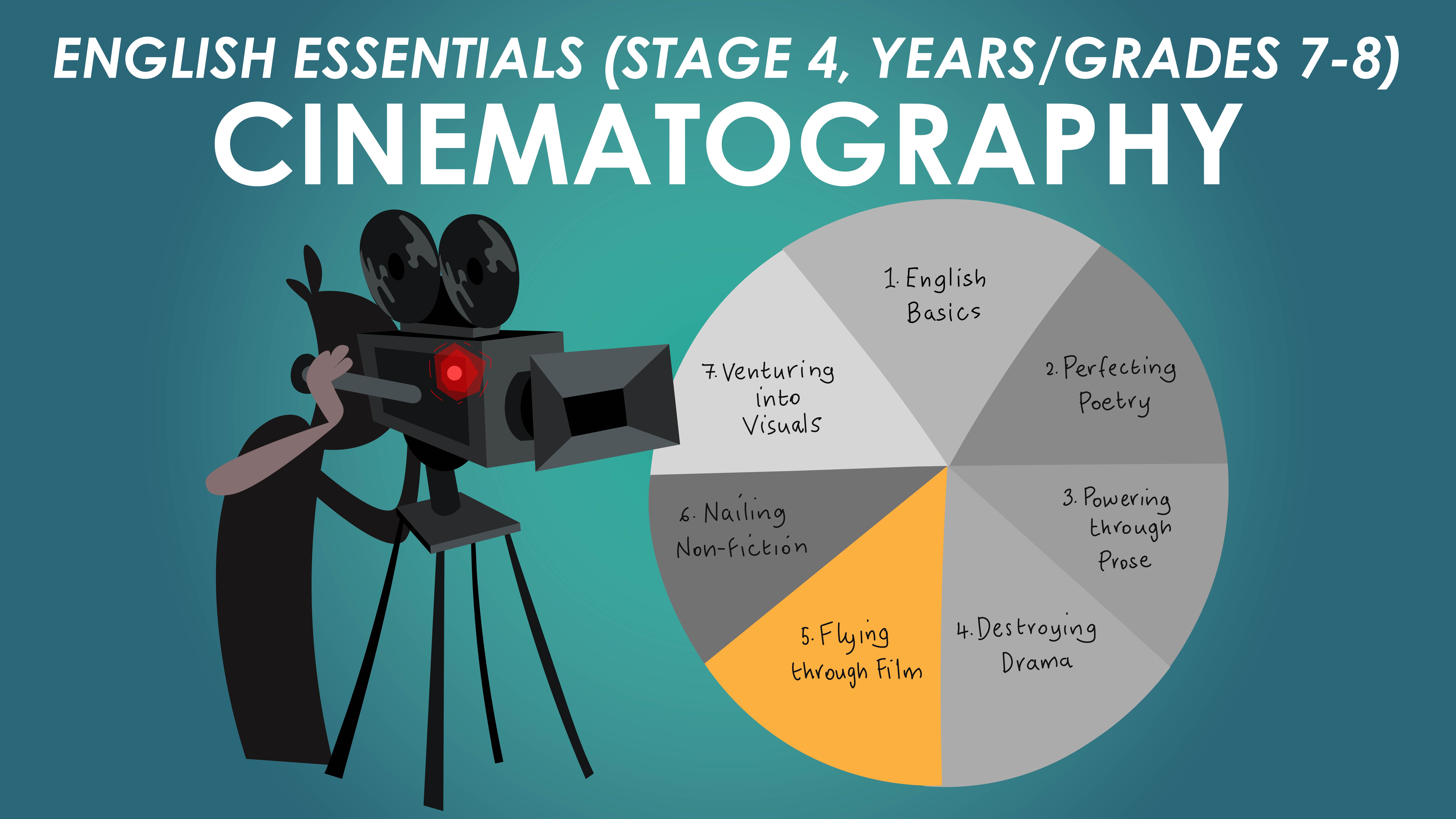
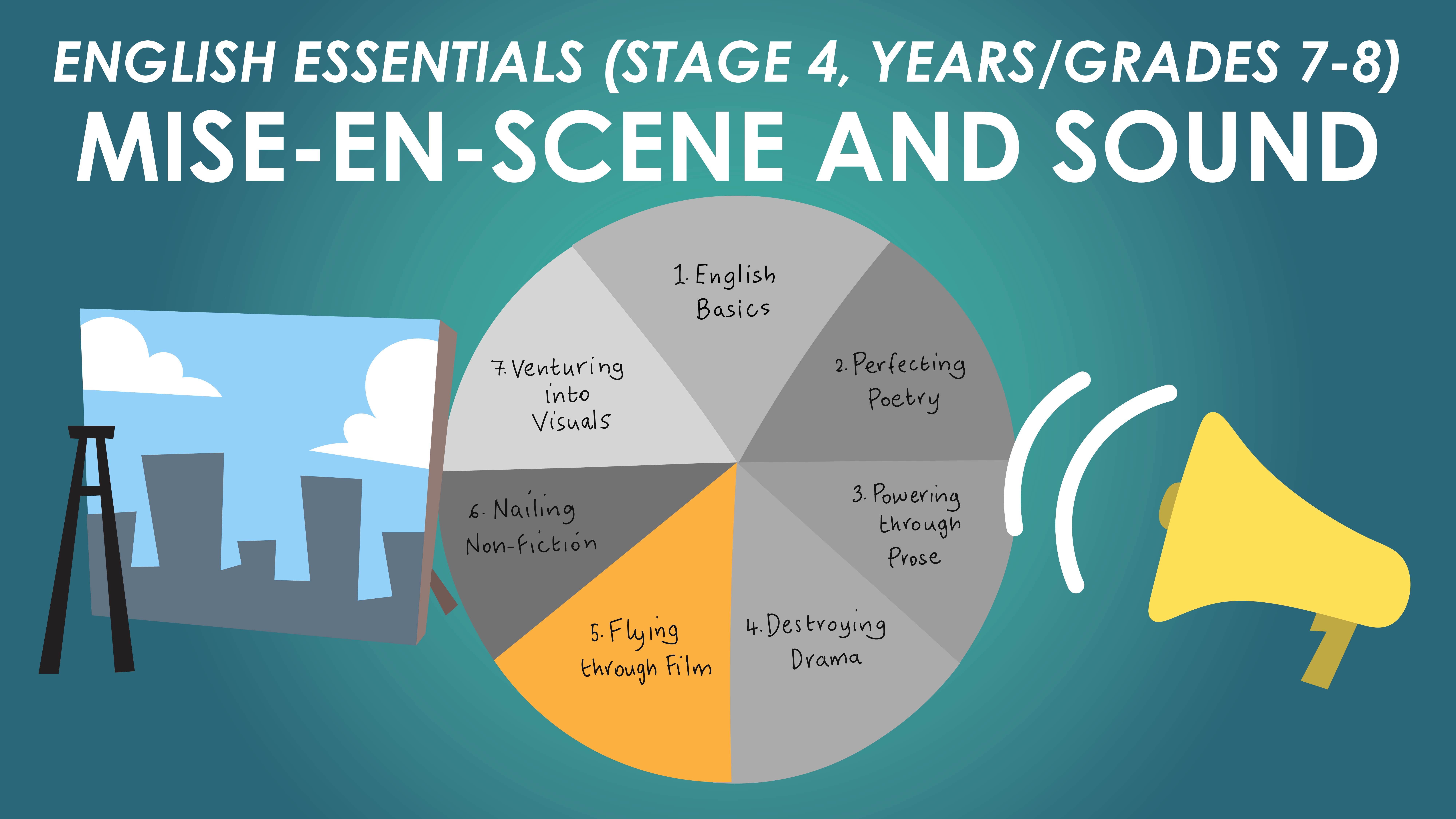
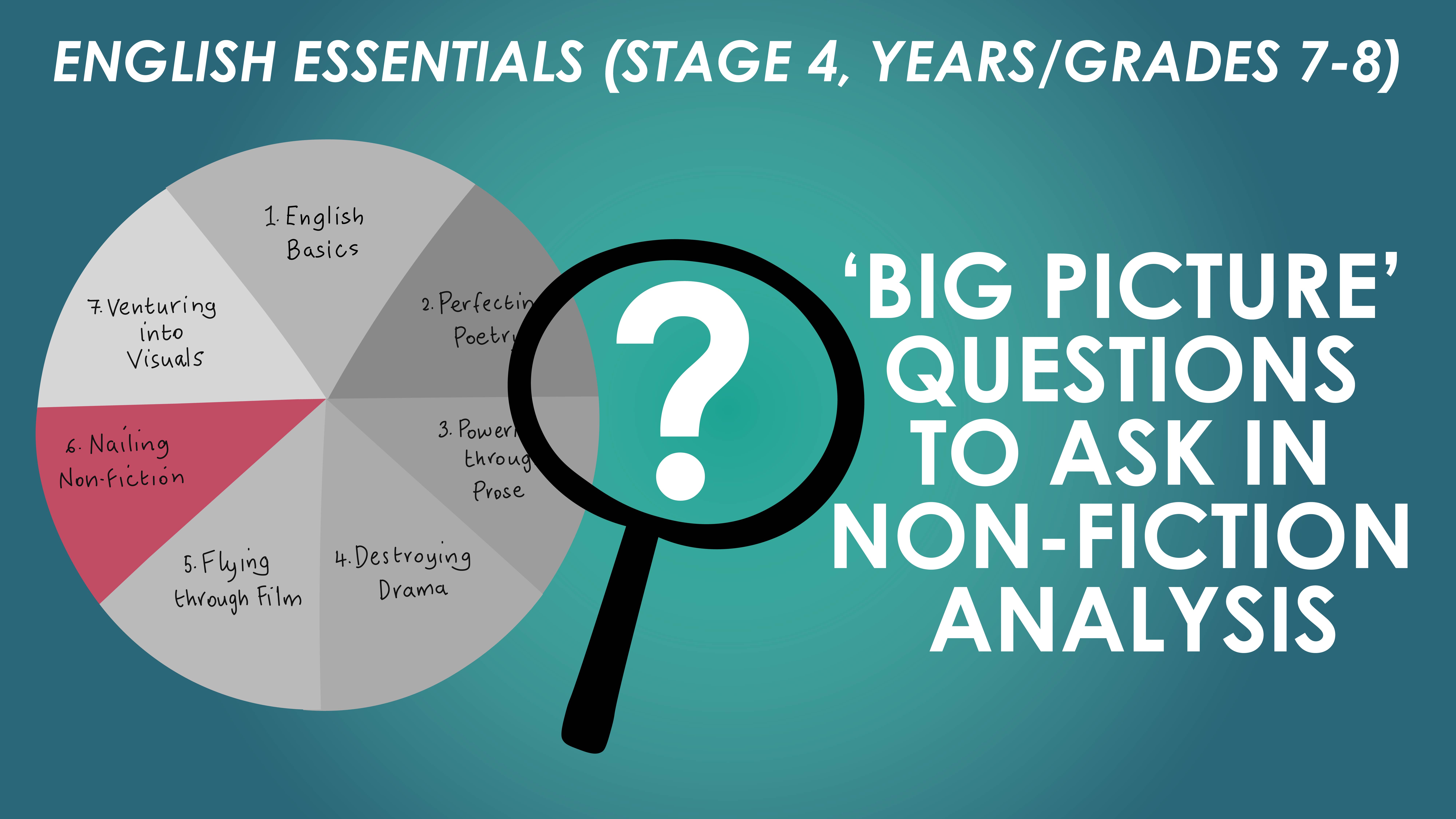
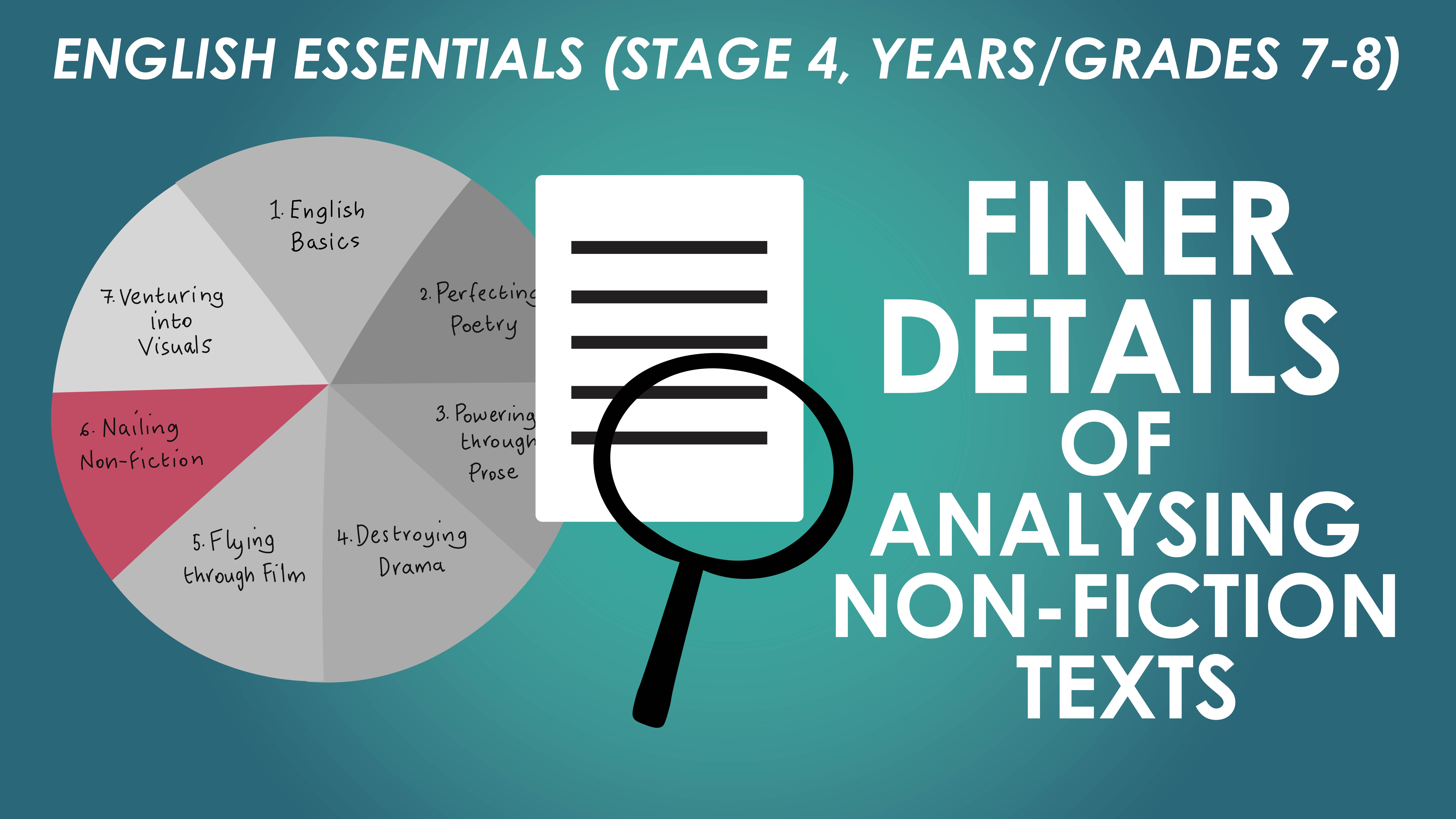
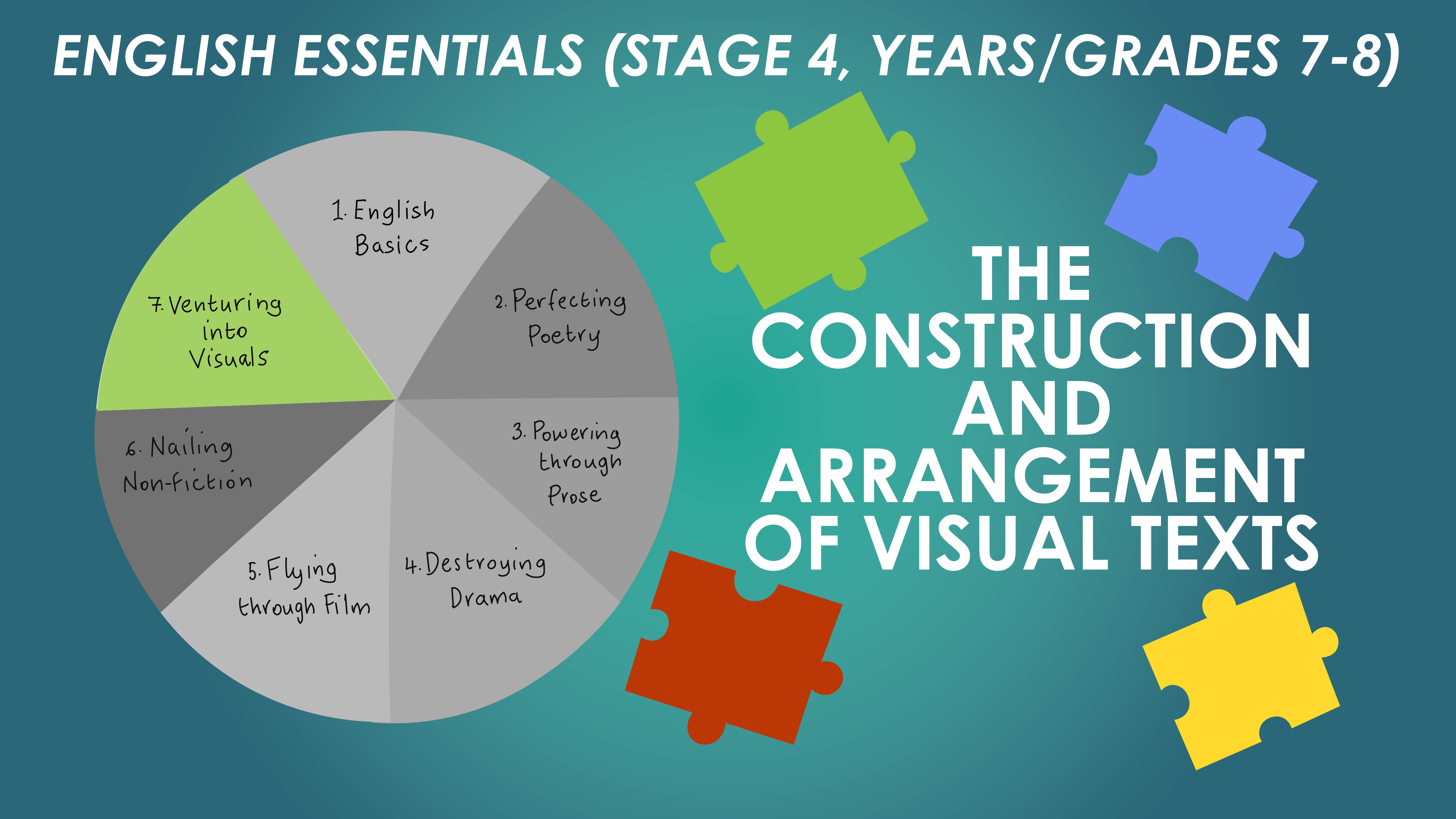
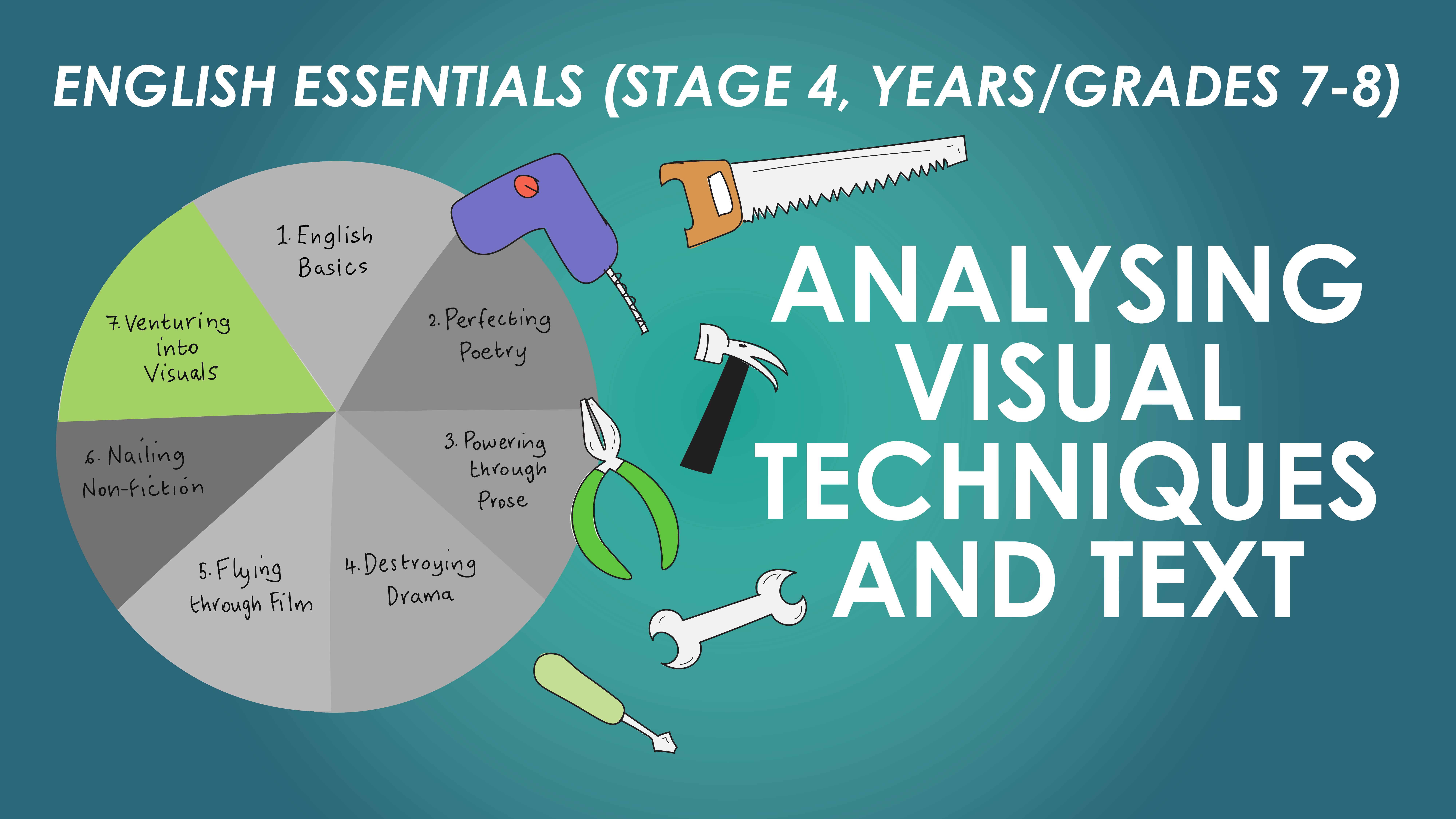
Share